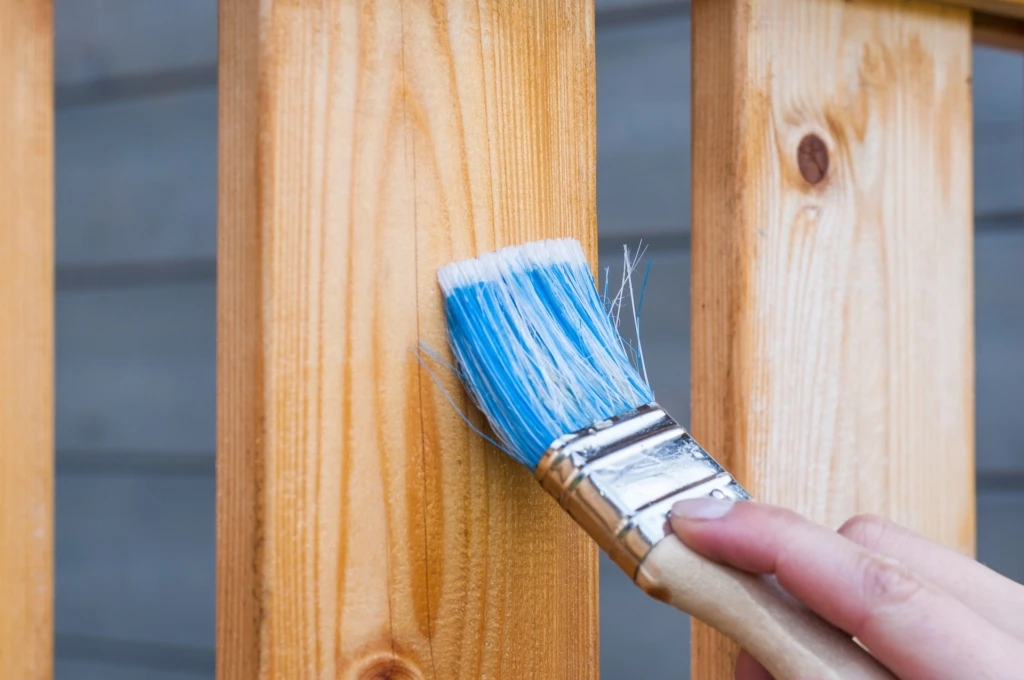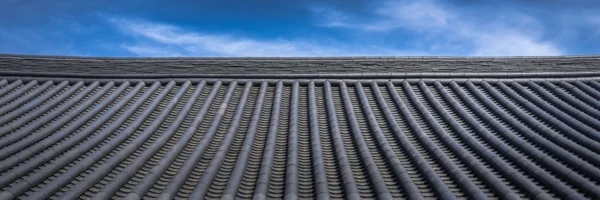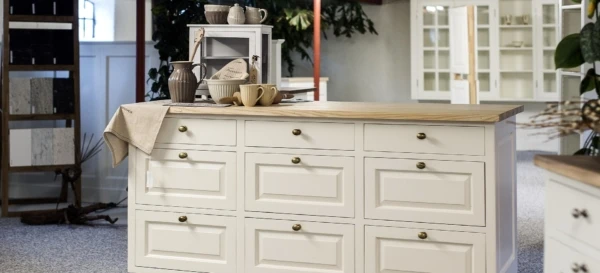Leaking? Cracking? Worn Out? Read Simple Tips for Home Repair

Spring is the time when, in addition to the usual spring cleaning, it's worth taking a closer look at the entire household. It's worth checking for possible wind and snow damage. Winter places a heavy load on the roof, and windows, walls, foundation, gutters, and terrace can also be damaged.
But what should you pay attention to in spring?
Roof
To do an initial roof inspection, you don't necessarily need to climb up a ladder — you can spot significant problems from ground level. Has any shingle shifted from its place? This is a sign that some attachment has failed and needs to be replaced. Have any roof tiles cracked or gone missing? If a fastening screw or nail is visible, there's a risk that water will start seeping under the roof covering. Don't overlook this.
Clean the gutters of dirt and leaves accumulated there during winter.
Chimney
If your house has a stone-built chimney, examine the joints between roof tiles more closely. Are any of the stones coming loose or has some plant made its home in the gaps between stones? Both are signs of a moisture problem.
Has the chimney developed cracks? Also watch for signs of crystallization — a white calcium-like deposit that indicates that the mortar joints are not repelling water but have started to absorb it. A chimney cap can be installed to protect the chimney from the destructive effects of the elements. The most sensible option is to cover the top and sides of the chimney to the height of the first two upper stones. When repairing or renovating the chimney, consult with a chimney sweep, for example.

Exterior Walls
Regardless of whether your house is covered in wooden siding, plaster, or brick, it's worth carefully checking possible problem areas — eaves and the vicinity of rainwater pipes — every spring. Water stains are usually a sign that the rainwater system is not efficient enough and water drainage is blocked. With wooden siding, pay attention to cracks that have formed in the wood and check that knots haven't fallen out — this invites creatures that tend to damage the siding when nesting underneath it. Check the lower edge of the siding as well; this is also quite a vulnerable spot.
Windows and Doors
Check the window seals and make sure water doesn't leak from between the windows. If condensation tends to form in the space between glass panes, there is a defect in the double glazing and it should be replaced. Also check that the ventilation openings of the windows are clean.
Give your windows a thorough spring cleaning both inside and out. You can use special window cleaning products, but you can also make your own window cleaner. For example, 2 cups of water + 1/4 cup of vinegar + 1/2 tablespoon of dish soap or 3 cups of water + 1 cup of lemon juice + 1 teaspoon of baking soda). Don't use abrasive cleaners or a pressure washer.
Also check the terrace doors, especially those that tend to sag when opened to the ventilation position. If the door has sagged on its hinges, cold can start coming in from the corners.
Kitchen
Do a thorough cleaning of kitchen cabinets, clean behind work surfaces and walls with warm water and mild detergent. Do thorough cleaning in the bathroom and sauna as well, where soap residue and limescale easily accumulate and humid warm air creates a mold risk. When cleaning tiles, keep an eye on the grout joints — cracked or deteriorating grout can cause serious moisture damage if not repaired in time.
Air source heat pump/air conditioner. Clean the filters inside the device, where dust and dirt tend to accumulate over time. The filters are located inside the device; to remove them, open the front cover, remove the filters, and clean them. Depending on the amount of dust, you may need to use a vacuum cleaner, a dust cloth, or even running water for cleaning. Before putting the filters back, dry them thoroughly. Also check the outside of the device and make sure no leaves and twigs have accumulated there.

Attic
Watch for signs of pest infestation in the attic space and also keep an eye out for mold, which manifests itself as gray or black spots. It is important that the attic space is properly insulated and ventilated.
Basement
The basement, a true magnet for moisture and pests, certainly needs thorough seasonal maintenance and inspection. In case of excessive air humidity, the basement may need a dehumidifier. Check the basement walls and make sure no cracks have formed. Also check the wooden beams to make sure there are no pest problems, and call a pest control service if necessary.
Possible Leaks
Check for possible leaks in faucets and taps, look for clogged or sweating pipes. Look under the kitchen sink and check that the connections of pipes and hoses are properly sealed and that water hasn't leaked behind the dishwasher. The same applies to laundry rooms and bathrooms. Check the washing machine hoses; if necessary, do a deep clean of the washing machine and dishwasher. Check if the boiler has started dripping or leaking. If you notice problems you can't solve yourself, call a plumber.

Garden and Yard
Rake the lawn thoroughly with a good metal rake. Light raking of the lawn aerates the root system of the grass plants and promotes sprouting; as a result, the plants become denser. Raking also disrupts the activity of disease-causing organisms living under decayed plant debris.
Make sure your outdoor water systems are in working order. Check the irrigation hoses and sprinklers as well as the well water pump. Once the ground is properly dried, begin gradually preparing the flower beds. Also check all garden supplies and tools. Have your lawn mower serviced.
Check that the terrace boards haven't come loose or cracked, sweep the terrace thoroughly clean — pay attention to debris accumulated between the terrace boards. If the finish on a wooden terrace is worn, now is a good time to clean it, stain it, and seal it. Clean the stone terrace surface with a hose.
Rinse furniture that was stored in the shade for winter with running water, or clean it if necessary with a mild cleaning product. For metal garden furniture, check if it has developed rust or if the paint has peeled off anywhere; if necessary, repair it with spray paint.
For a gas grill, check that the burners are not clogged and that the hoses and their connections are in good condition and safe. Also check the gas canister. For a charcoal grill, pay special attention to cleaning it — remove the charcoal left from last year and clean the grill and grates of food residue and grease.
Article source: Moodne Kodu




